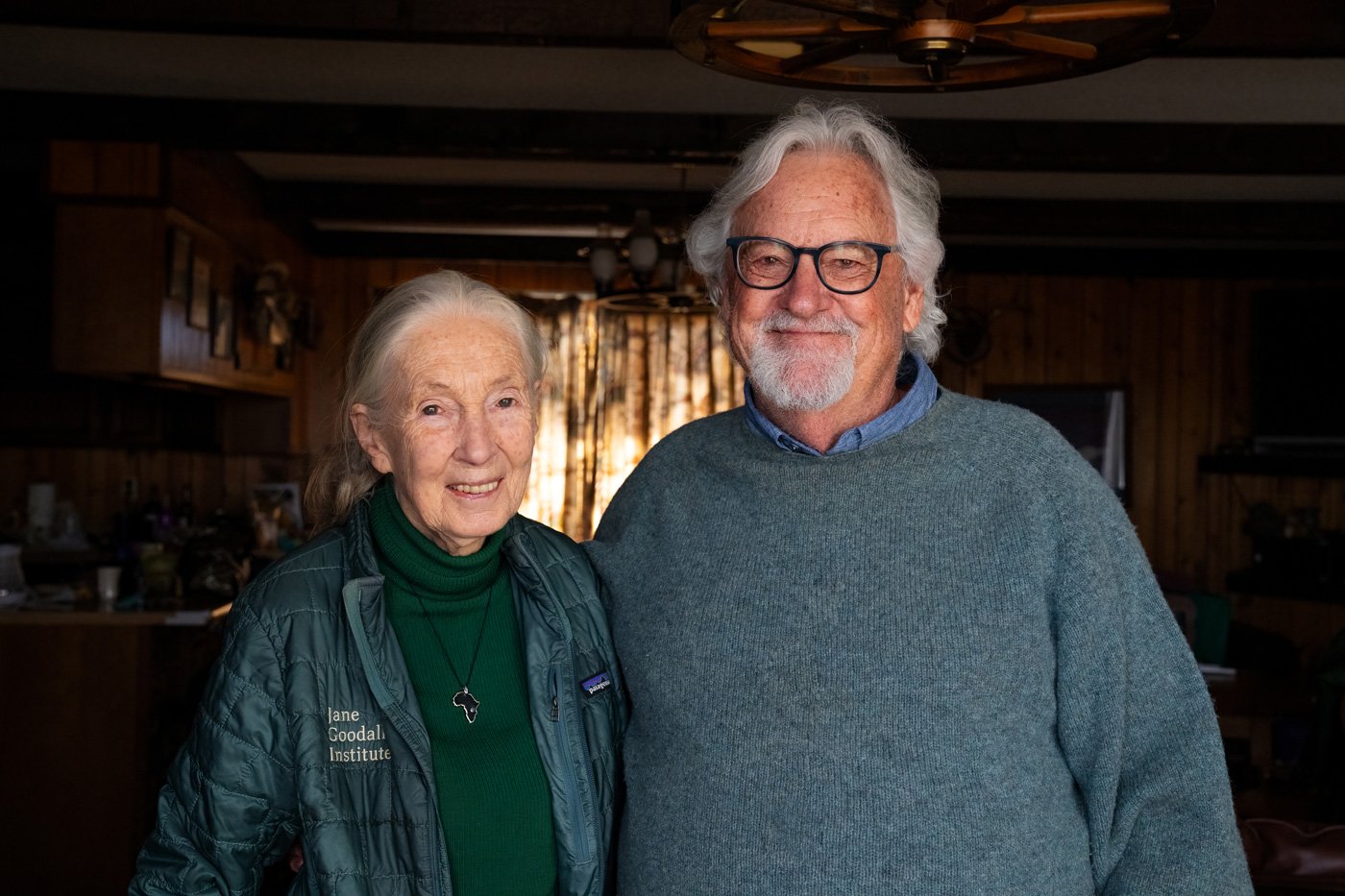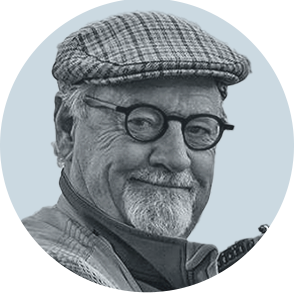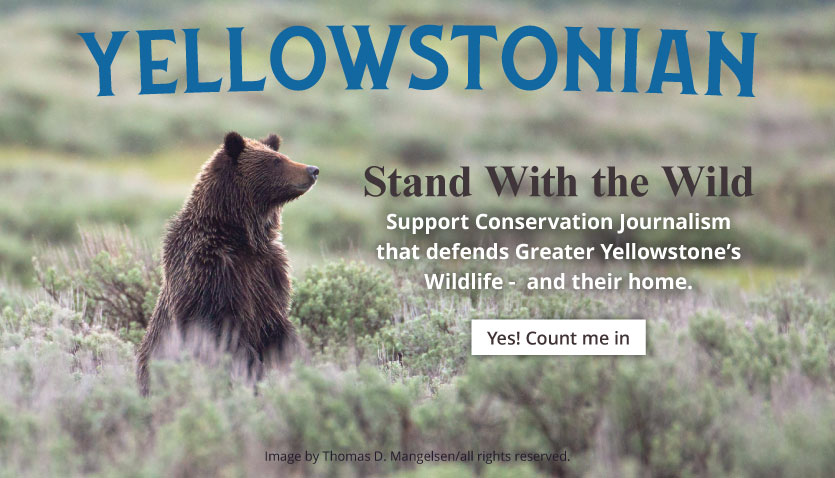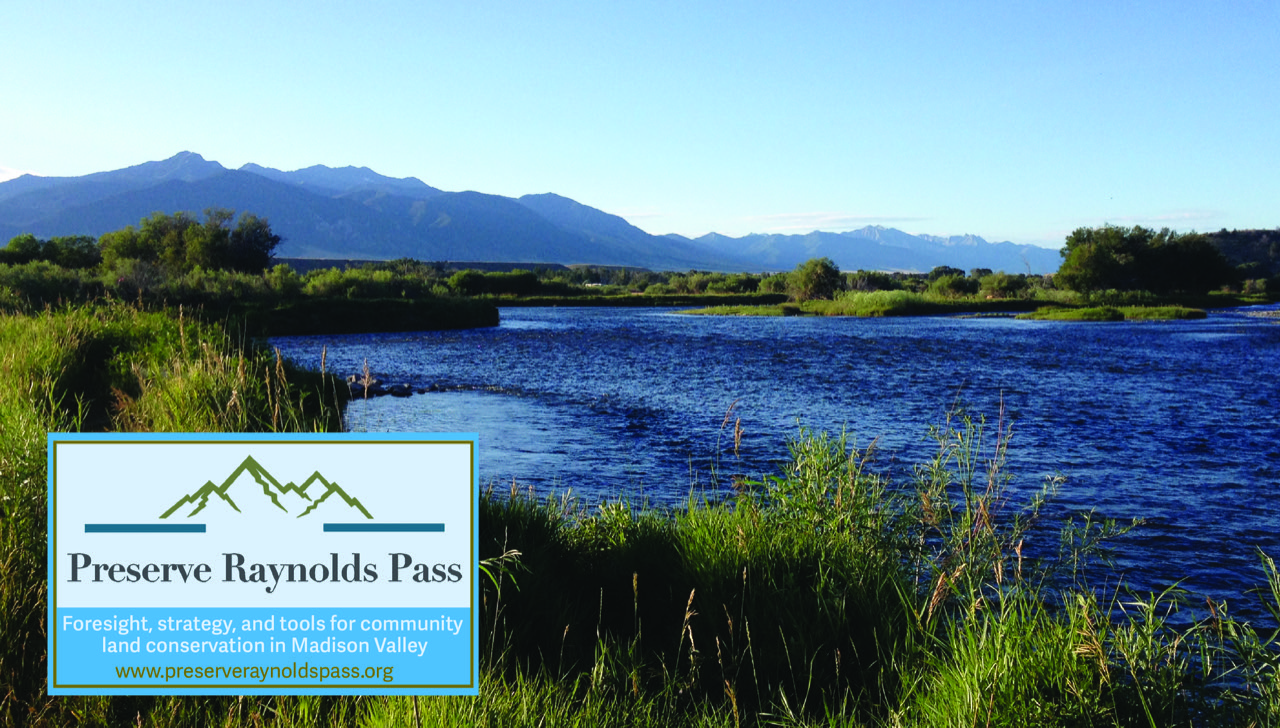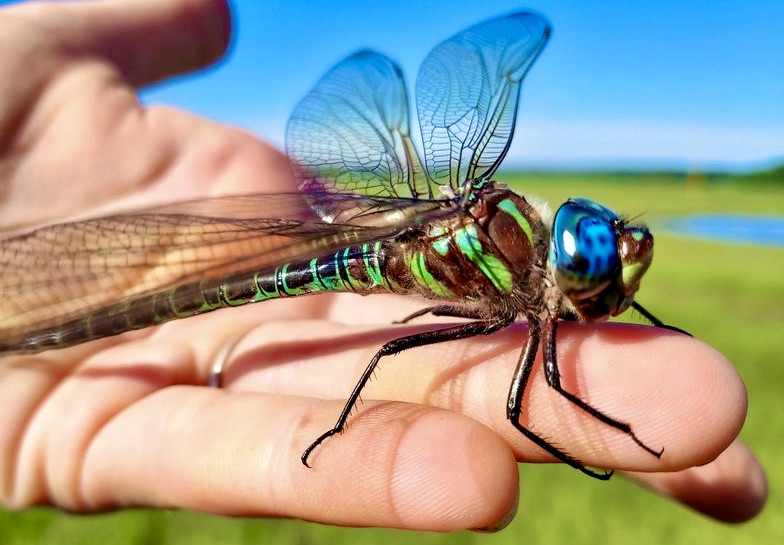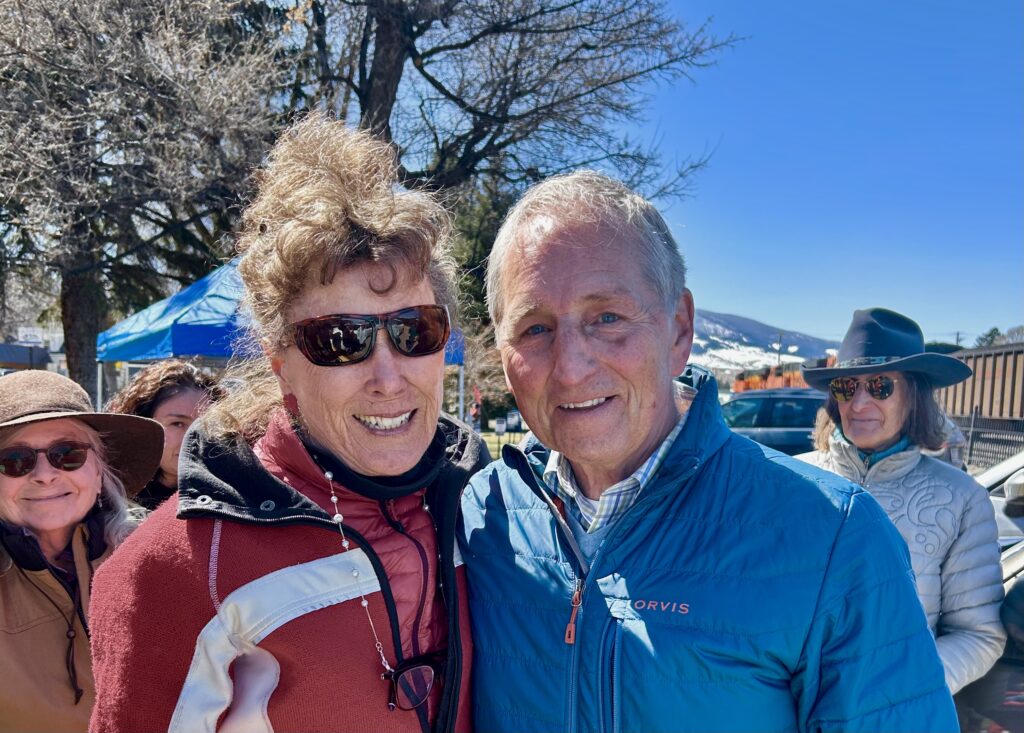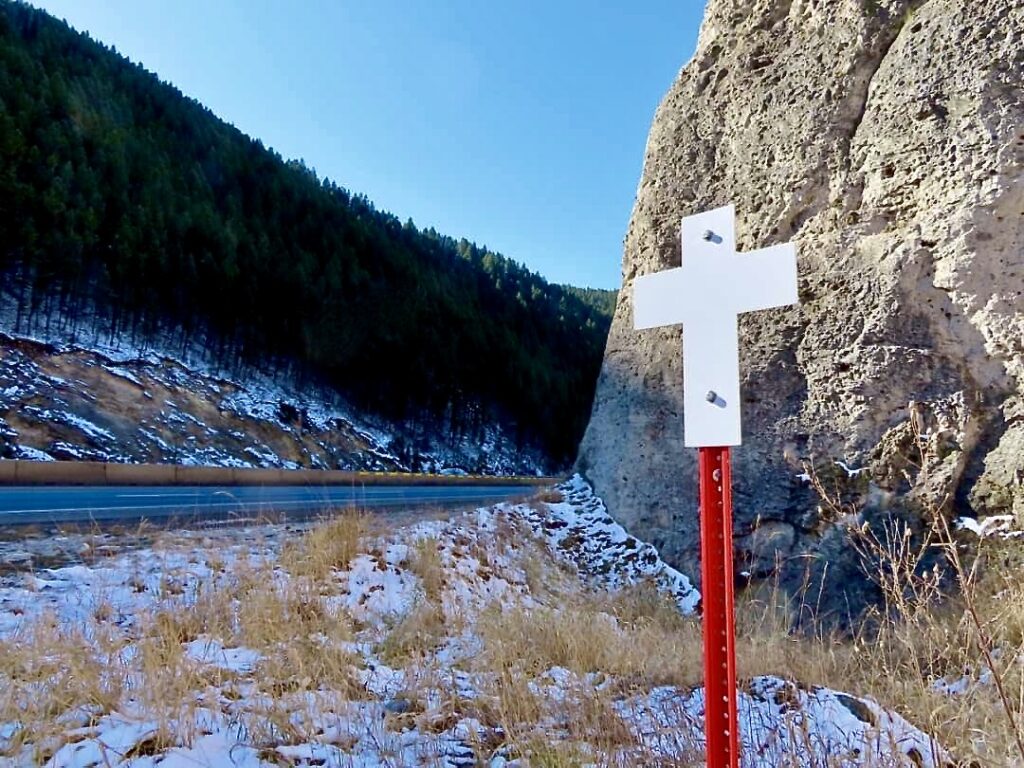by Thomas Mangelsen
One humble thing, among many that Dr. Jane Goodall has taught me through our friendship and her gentle wisdom, is that no person is ever too old to learn new things, or to become more empathetic with other inhabitants of the sentient world around us, or to never stop trying to make a positive difference even when it’s hard to be hopeful.
This week, Jane turned 91, and spending time with her recently, watching sandhill cranes, snow geese and other birds fill the skies of Nebraska over the Platte River, reminded me not only of the above, but perhaps most importantly this: the most profound experiences we can have are not those which are manufactured, choreographed or purchased; they are encounters each of us can experience when we stand humbly within and before the elemental forces of Nature, opening ourselves up to letting her spirit into us.

Jane has traveled the world and been to many far-flung places, finding good people everywhere she goes. She believes that the kind of transformative change we need can only happen if we come together, sharing goodwill for one another and toward other beings around us. This is how we create the kind of change we need. Granted, it isn’t easy.
Jane, as many of you know, was a huge admirer of the late Jackson Hole Grizzly 399 and she continues to express her advocacy for the grizzly bears of Greater Yellowstone. In the months ahead, she says, we will need to rally to keep them protected.
While we were together along the Platte this spring, both of us were awestruck by the sonic reverberations of hundreds of thousands of avians heading northward to mate and breed. She was moved, left almost to the point of tears by a phenomenon of migration that has happened for many millennia; something greater and more powerful than anything we in this technology age could ever dream of inventing.
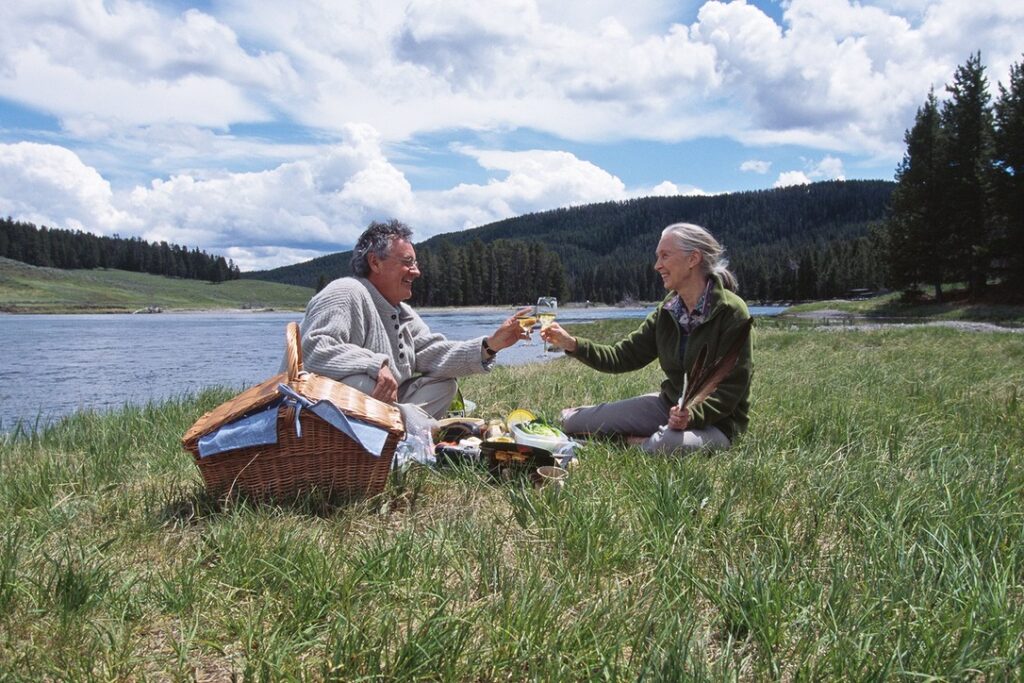
If nature still offers grounding for someone like Jane Goodall, imagine how exposure to wild places—based on their preservation—might represent a soothing antidote in these times of unrest? What we forget is that eight decades ago, in her town along the English Channel, Jane credits her canid companion, Rusty, with teaching her lessons that took science decades to confirm—that other beings have intelligence, emotions and things that we call “feelings” which include joy, sadness, pain, suffering, love, and a sense of loss.
When we recognize the presence of such sensing in other creatures, Jane and I both believe, it makes us better humans, confirming that we truly are sapient or “wise.” Besides wishing Jane a happy birthday, and honoring her by making a contribution to the Jane Goodall Institute devoted to solidifying connections between young people and the natural world, we all can do something simple and tangible: help our loved ones, neighbors, elected officials, and others open their hearts and minds to the idea of sentience.
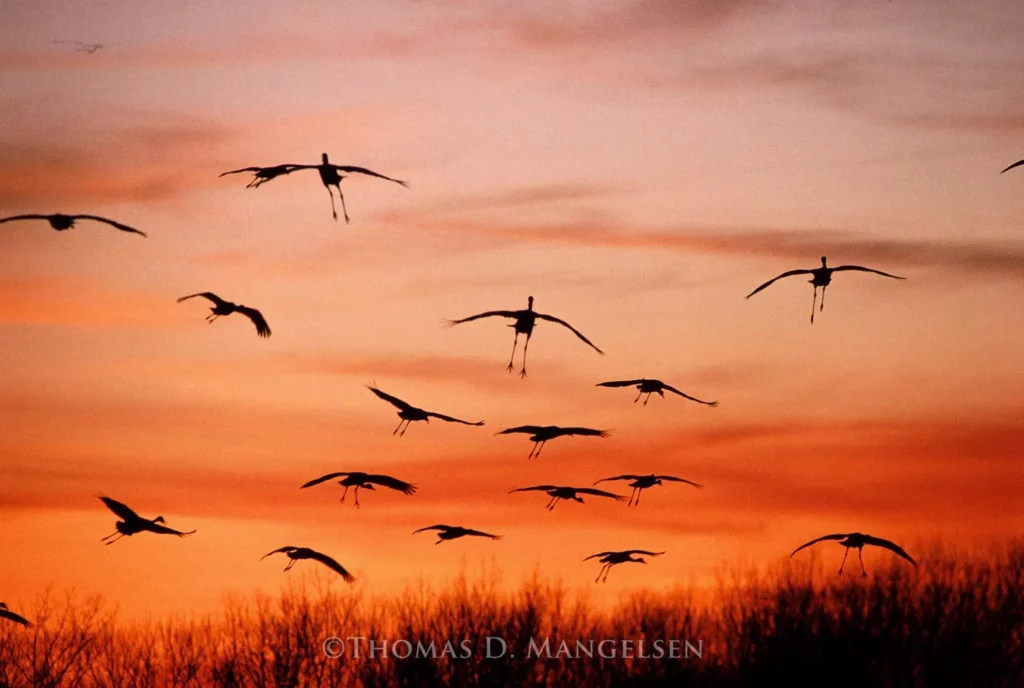

Expressions of tender kindness toward other beings, and actions taken to safeguard their survival can change the world if we all do them together. These things are infectious, they make us feel happier, and when others observe us engaging in such gestures, these are actions that cannot be unseen. This is one of the teachings of Jane.
If you want to put a smile on her face, do this for her, for the natural world that matters to each of us and for others looking back on us now from the future. Jane continues to make a profound difference. So, too, can each of us be like Jane.

